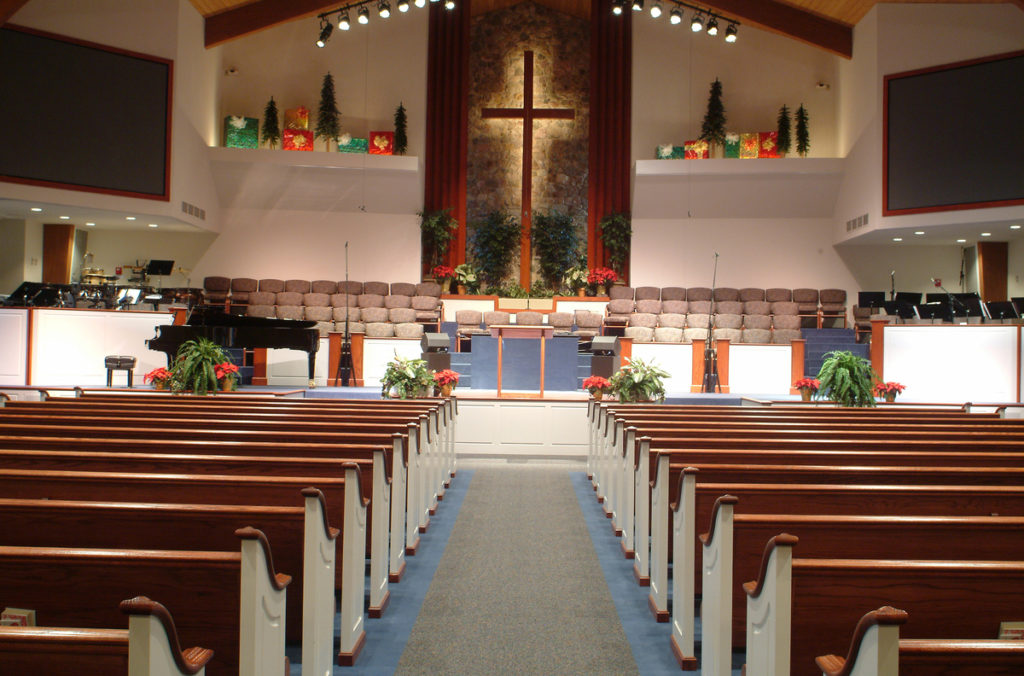Why Do Churches Have Pews?

Few church-goers in today’s society think twice when entering a church building and seeing rows and rows of pews greeting their eyes. In fact, they are such a staple in United State churches that we often don’t consider a church building a real (or at least pretty) church when it doesn’t offer a sanctuary complete with a full army of pews. However, many might be surprised to learn that pews didn’t come into existence until the early 13th century, and even then they were not anywhere near as numerous or as comfortable as we see now. As the premier manufacturer of church pews, we get lots of questions from customers about pews. One of the most common is: why do churches have pews? Let’s discuss!
History of church pews
Starting sometime in the early 13th century, sporadic churches started carving a few less-than-comfortable looking benches into the stone walls for limited perimeter seating. Called sedilia, they were originally intended for the priest and assistants, like deacons and sub-deacons, who worked long days in the Catholic church officiating Mass. Over time, some churches expanded this idea to backless stone benches around the walls for parishioners as well. Specifically the elderly or more frail members of the congregation. In fact, to use one of these stone benches if not infirm/elderly would have been extremely frowned upon, akin to stating you desired to be like the ill.
As church services became longer over time, people did not want to stand for the entire service and these benches began to be built closer to the center of the church. They were built out of stone or solid oak, similar to what we use in our pews today. As churches began to see the need for seating, they also began to see an opportunity to raise funds for the church. This led to a common practice of selling pews to wealthier parishioners to have personal reserved seating in the church for their families. As you can expect, this lead to more esteemed seating to be sold at higher prices, and elitism and divisiveness within the church body.
Pews As Private Property
Church pews became private property, not owned by the church, and were passed down through generations of families for their own personal use. In the mid 1800’s, people began to fight this practice, stating that it excluded the less fortunate from the church. In the 1840’s a huge rift was created through the church of England over church pew rents and the ostracising of the poor. Many journalists at the time wrote that keeping people from being able to worship due to not being able to afford a pew was downright unchristian, leading to a new church movement called “free and open” churches – where there were plenty of pews open for anyone’s use, rather than privately owned pews.
This practice of the church owning the pews rather than the parishioners was the dominant practice in the United States churches, to align with their desire for personal freedoms and their desire to break from the English church. In essence, the modern American churches desired pews to be seen as open and available seating to any wanderer who needed a place of peace. Pews today, despite their somewhat shady past, are meant to show equality in anyone who comes before the foot of the cross – all are welcome and all can find rest in this place.
Need your own custom pews for your place of worship? Call Kivetts
Call us today, or check out our pews here if you need new pews in your sanctuary. Let us help make your church a welcoming place for those who are weary and heavy laden!



